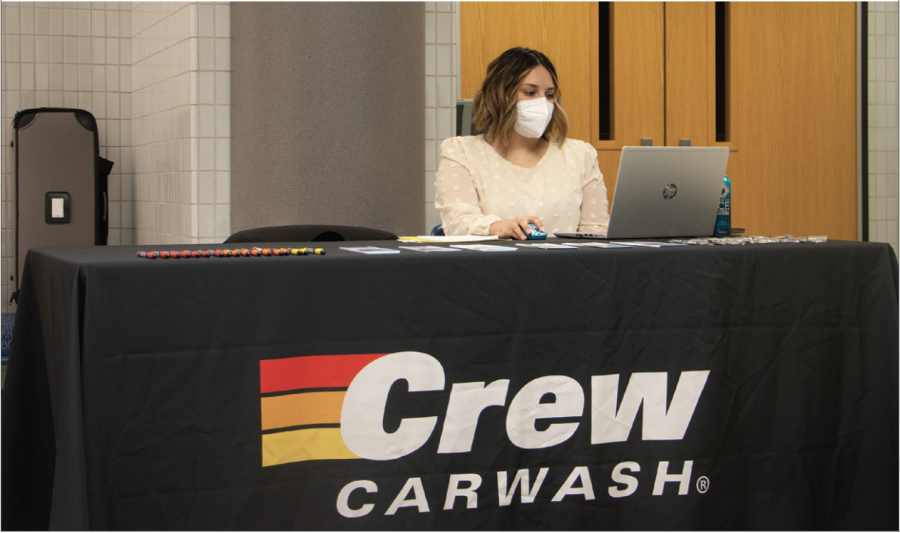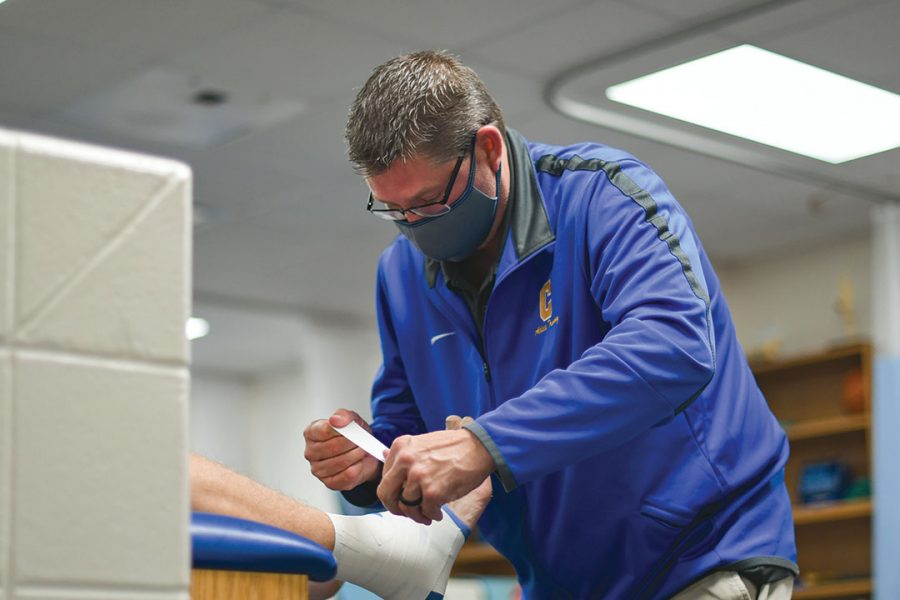Athletic trainer and senior Jessica Frazer, has helped out with the men’s basketball team and the women’s soccer teams. She said her responsibilities vary.
“I am in charge of monitoring injuries that happened during practice since no adult athletic trainers are there and doing basic first aid and helping with injury ice,” Frazer said. “I also help around the training room when people come in needing certain things like the game ready or a heat pad.”
March is National Athletic Training Month, but this month marks exactly one year since COVID-19 restrictions appeared. These restrictions carried over to the athletic trainers like Frazer. She said the trainers are now not allowed to travel with the sports teams they help, and she said this new change comes with its challenges.
To read more about National Athletic Training Month, click here: National Athletic Training Month | NATA
“Because we do not travel with the team this year, I’m not always sure of how an injury happened and I can’t be sure about what to tell the trainers and such,” Frazer said.
Like Frazer, athletic trainer Chad Bergman said COVID-19 has affected his job in some ways.
“COVID has changed our job in a few ways,” Bergman said via email. “We continue to diligently clean our facilities while also making sure we adjust the numbers of people in the athletic training room so people can properly social distance. We also assist with the return to play process that the kids have to follow before returning to full athletic activity.”
But those changes, according to Bergman, haven’t changed his main duties as an athletic trainer.
Bergman said, “As an athletic trainer your main duties are to prevent, care for and rehabilitate injuries that athletes sustain while participating in sports.”
Bergman, who has been an athletic trainer for 21 years, also mentioned his favorite part of his job.
He said, “The best part of being an athletic trainer for me is that I get to marry my love of sports with my willingness to help people. It is a win win for me.”
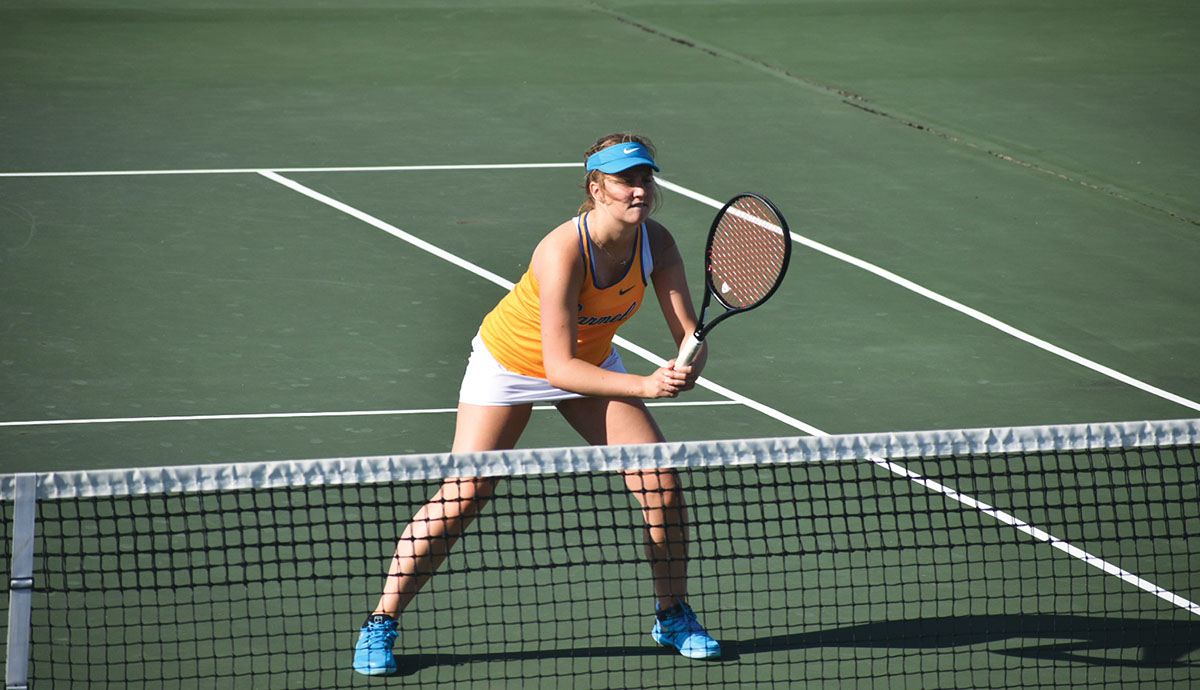
In addition, Katelyn Conley, Senior and varsity tennis player, shared her experience about a recent injury and how an athletic trainer helped her. Conley said she tore ligaments and her paraspinal muscles in her back.
To recover, she worked closely with the athletic trainers.
“When I went to go see the trainer, the first thing they made me do was a ton of stretching,” Conley said. “I was at the point where my whole back was constantly tight and spasming eventually when they got that under control they used heat treatments and cryotherapy in order for it to basically not start spasming again. At this point in the treatment, I could barely walk, sit in a chair, etc. So when I got a little stronger they made me workout to some sense, since my core and back were not strong enough.”
Overall, she said that her trainer really helped her.
“I think my trainer really helped reassure me that I was going to get back to playing my sport,” Conley said. “I was really worried for a little bit that I was going to have to sit out for an extensive amount of time. (My trainer) also helped me heal quicker than what my doctor initially expected.”
“The most rewarding feeling was stepping back out on the court for the first time since the injury,” she added. I wasn’t worried that I was going to re-tear anything and felt stronger/more prepared thanks to everything the trainer had done.”
Conley also said her trainer impacted her personally.
“I definitely do think that seeing an athletic trainer is beneficial and has personally made me a better athlete,” she said. “Their job is to help you in any way possible and to get you back to where you were before you were injured. They educate you on how to be more cautious and take (care) of yourself before and after a workout.”
For Frazer, she said, her favorite part of the job is seeing the teams play.
“I love sports anyway, so the job is really fun for me, but it’s also really fun getting to watch them practice and get better throughout the season,” she said.
She also said, “Training is a really really big time commitment but it’s (a) rewarding (job). It’s the same as being on the team in terms of time commitment at least for a normal year.” She said, “But if you like watching the sport, it can be such a great activity.”

To read more about the history of athletic training, click here: Bellin Health Systems















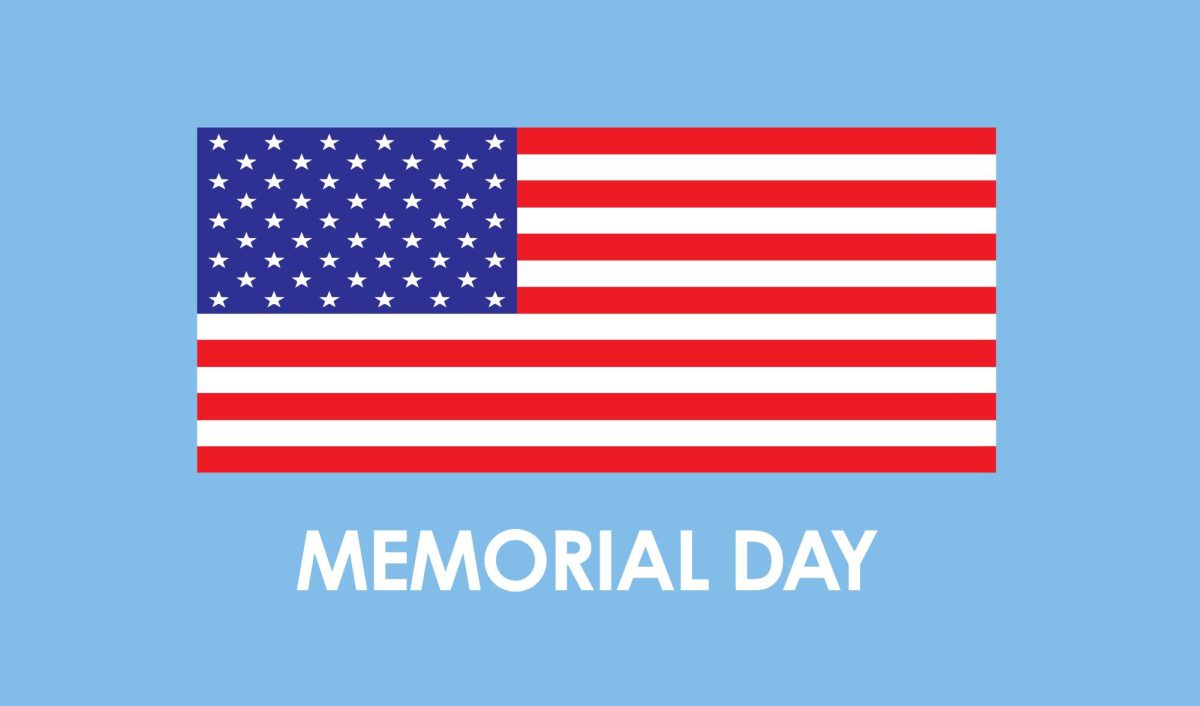





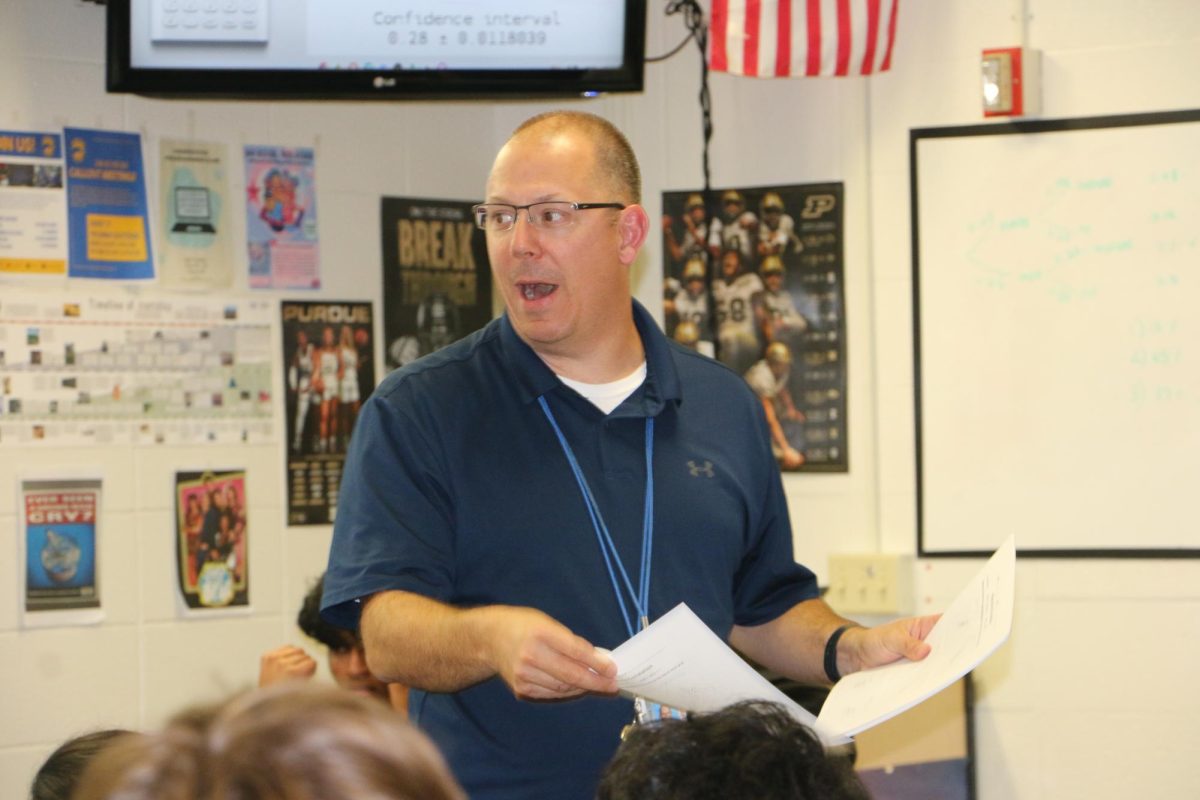



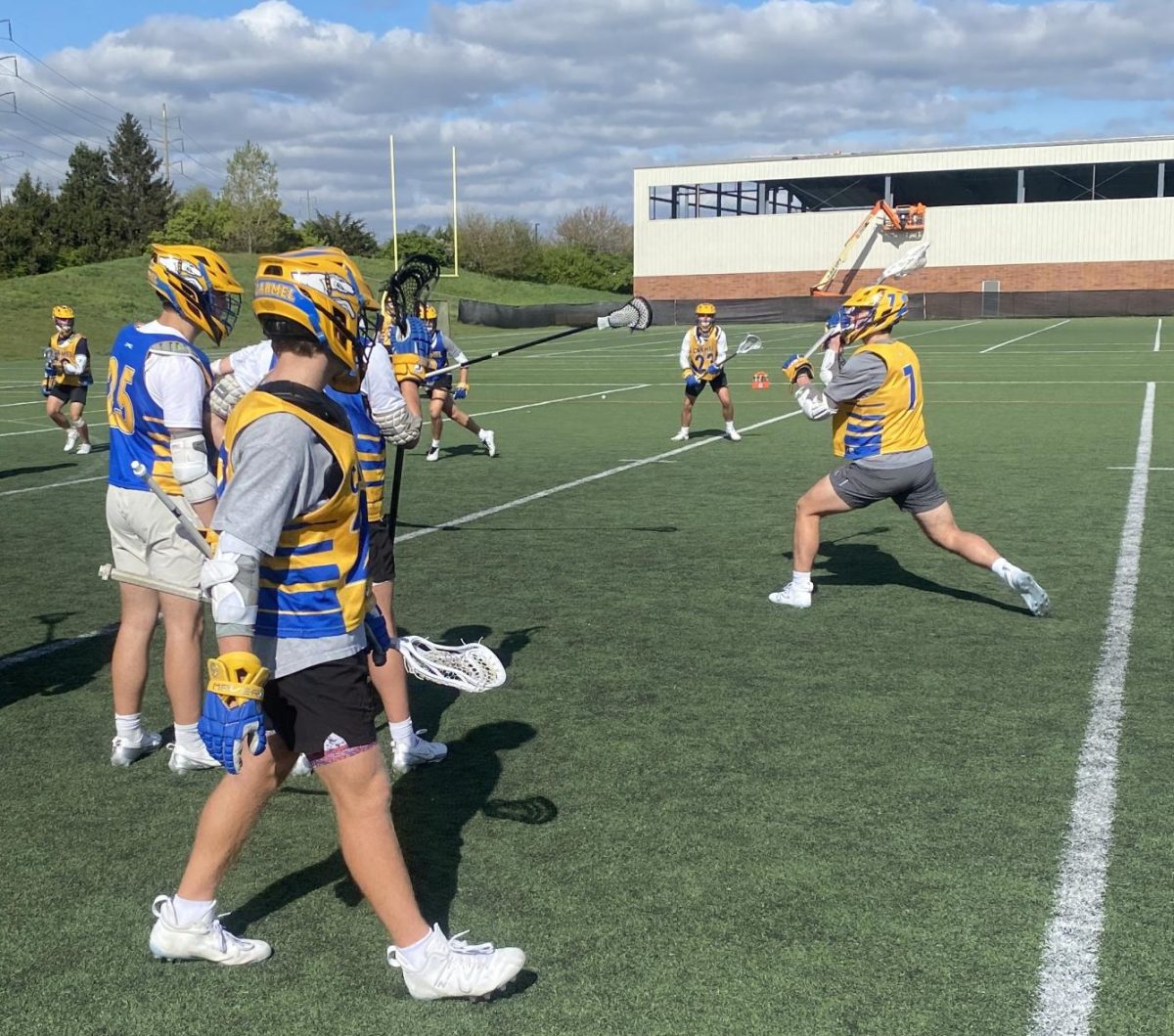




![Family vlogger controversy, need for content reform [opinion]](https://hilite.org/wp-content/uploads/2024/05/Screenshot-2024-05-14-11.33.37-AM-1200x465.png)
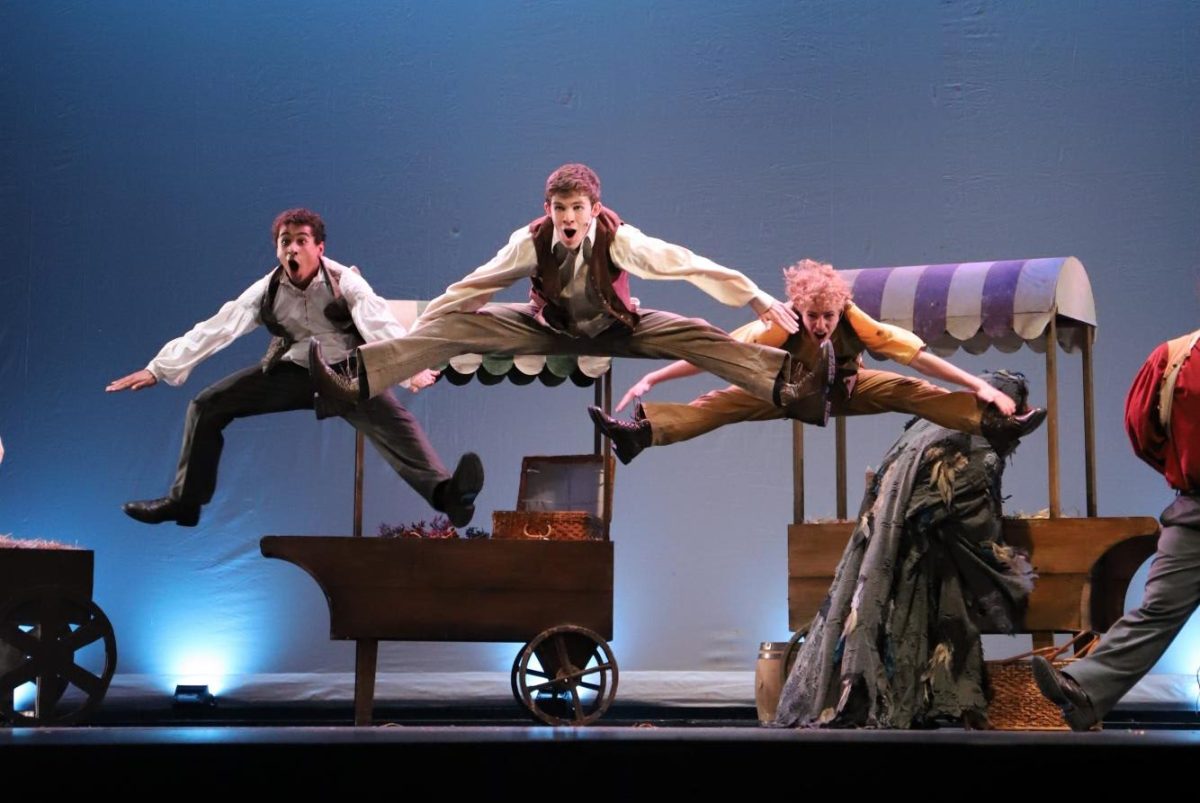




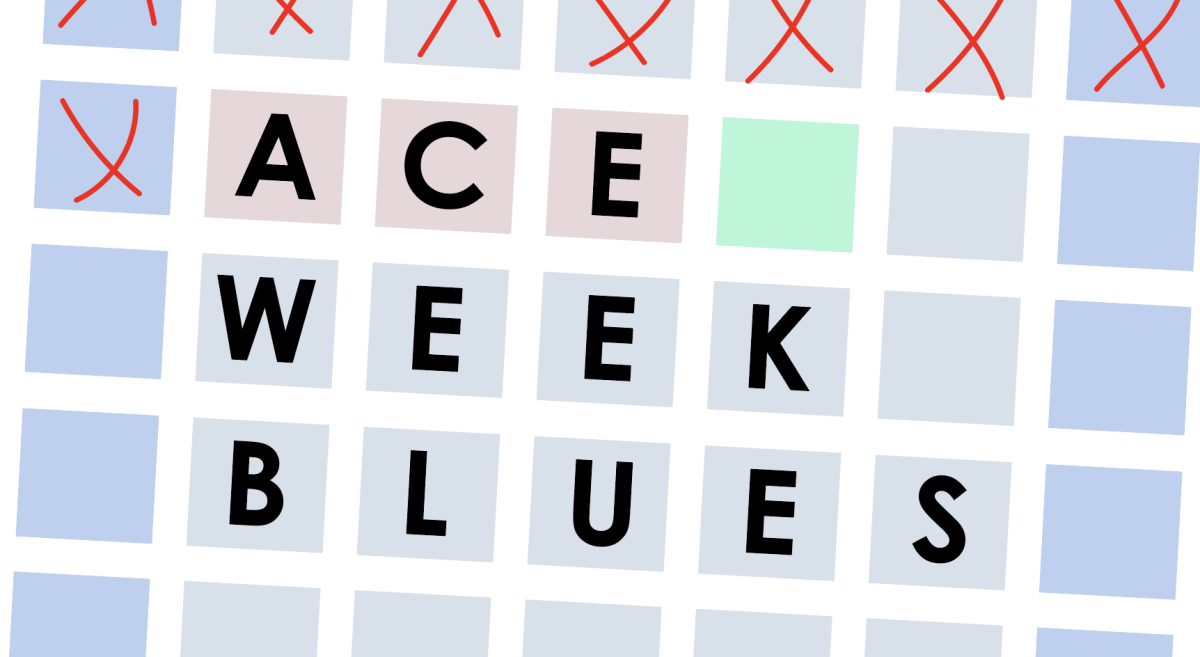
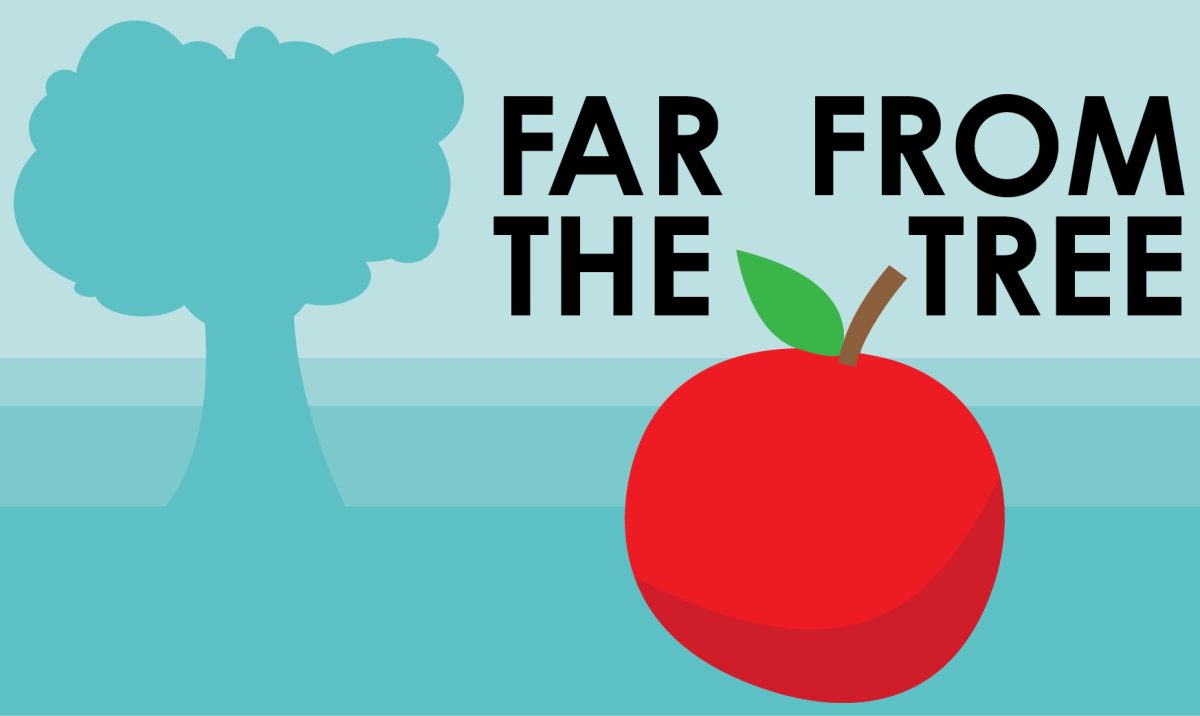

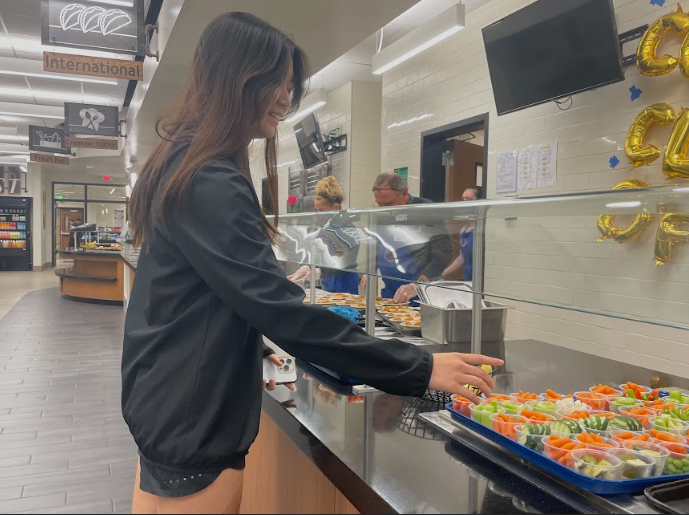
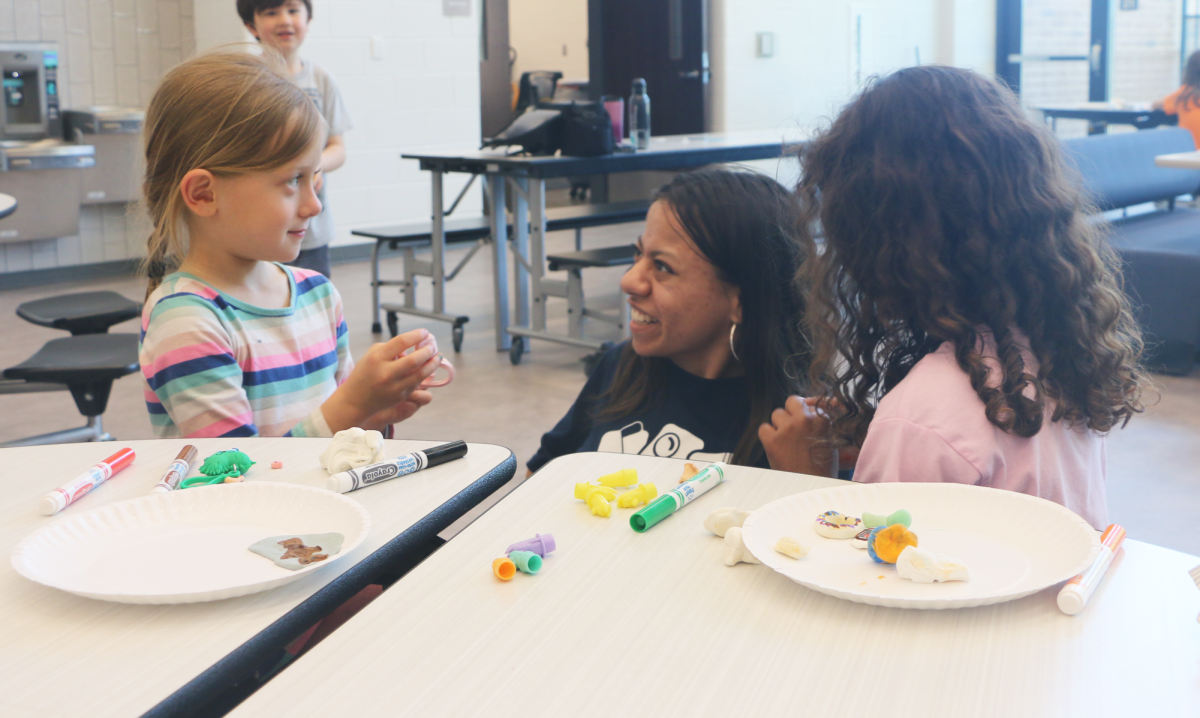


















![Review: Taylor Swift’s new album The Tortured Poets Department is not her best work but is still a brilliant album [MUSE]](https://hilite.org/wp-content/uploads/2024/05/The-Anthology_Cover-1200x675.webp)
![Review: Challengers does it all [MUSE]](https://hilite.org/wp-content/uploads/2024/05/challengers-poster-1200x600.png)
![Review: A House of Flame and Shadow by Sarah J. Maas was a disappointing read [MUSE]](https://hilite.org/wp-content/uploads/2024/05/house-of-flame-and-shadow-feature.png)
![Review: Conan Gray’s new album, “Found Heaven”, is a refreshing twist on modern music [MUSE]](https://hilite.org/wp-content/uploads/2024/05/Screenshot-2023-10-31-at-16.01.05.webp)
![Review: “Bodies, Bodies, Bodies” is the quintessential Gen-Z movie [MUSE]](https://hilite.org/wp-content/uploads/2024/05/Screenshot-2024-05-15-140618.png)
![Review in Print: Maripaz Villar brings a delightfully unique style to the world of WEBTOON [MUSE]](https://hilite.org/wp-content/uploads/2023/12/maripazcover-1200x960.jpg)
![Review: “The Sword of Kaigen” is a masterpiece [MUSE]](https://hilite.org/wp-content/uploads/2023/11/Screenshot-2023-11-26-201051.png)
![Review: Gateron Oil Kings, great linear switches, okay price [MUSE]](https://hilite.org/wp-content/uploads/2023/11/Screenshot-2023-11-26-200553.png)
![Review: “A Haunting in Venice” is a significant improvement from other Agatha Christie adaptations [MUSE]](https://hilite.org/wp-content/uploads/2023/11/e7ee2938a6d422669771bce6d8088521.jpg)
![Review: A Thanksgiving story from elementary school, still just as interesting [MUSE]](https://hilite.org/wp-content/uploads/2023/11/Screenshot-2023-11-26-195514-987x1200.png)
![Review: When I Fly Towards You, cute, uplifting youth drama [MUSE]](https://hilite.org/wp-content/uploads/2023/09/When-I-Fly-Towards-You-Chinese-drama.png)
![Postcards from Muse: Hawaii Travel Diary [MUSE]](https://hilite.org/wp-content/uploads/2023/09/My-project-1-1200x1200.jpg)
![Review: Ladybug & Cat Noir: The Movie, departure from original show [MUSE]](https://hilite.org/wp-content/uploads/2023/09/Ladybug__Cat_Noir_-_The_Movie_poster.jpg)
![Review in Print: Hidden Love is the cute, uplifting drama everyone needs [MUSE]](https://hilite.org/wp-content/uploads/2023/09/hiddenlovecover-e1693597208225-1030x1200.png)
![Review in Print: Heartstopper is the heartwarming queer romance we all need [MUSE]](https://hilite.org/wp-content/uploads/2023/08/museheartstoppercover-1200x654.png)






















![Review: “Ginny & Georgia” is a dramatic and poorly made emotional rollercoaster–and I loved it anyway [MUSE]](https://hilite.org/wp-content/uploads/2024/03/ginny-and-georgia-season2-main-be37bbb9487a41e88b3f66c3baacd5c3-300x177.jpg)
![Review: Witch Hat Atelier is a masterpiece in art and world-building, but the story has only begun [MUSE]](https://hilite.org/wp-content/uploads/2024/01/unnamed-211x300.png)
![Review: “Mysterious Lotus Casebook” is an amazing historical Chinese drama [MUSE]](https://hilite.org/wp-content/uploads/2024/03/0-300x170.webp)
![Review: “A Little Life” by Hanya Yanagihara is the epitome of a heartwrenching masterpiece [MUSE]](https://hilite.org/wp-content/uploads/2024/01/unnamed-5-300x200.png)


